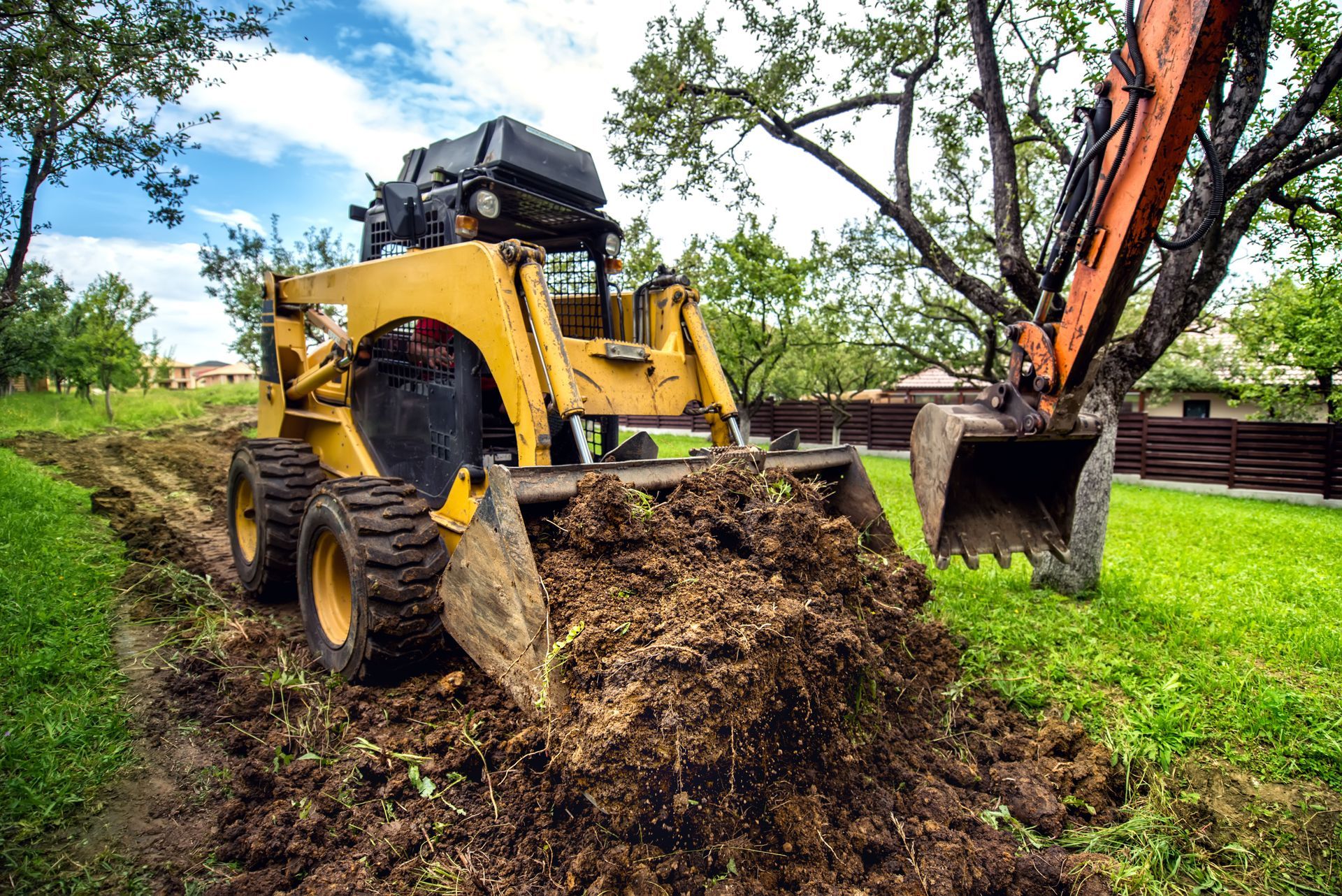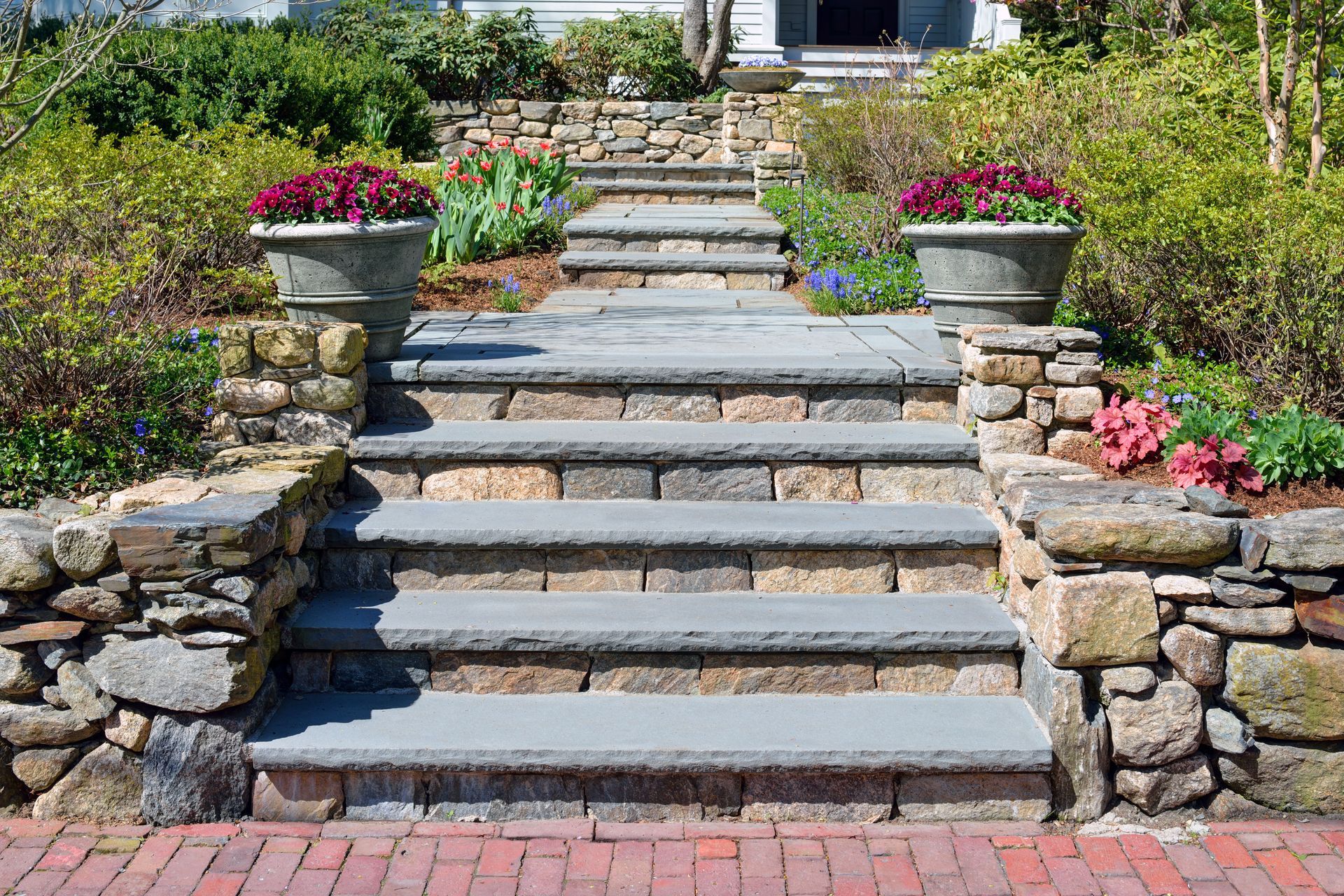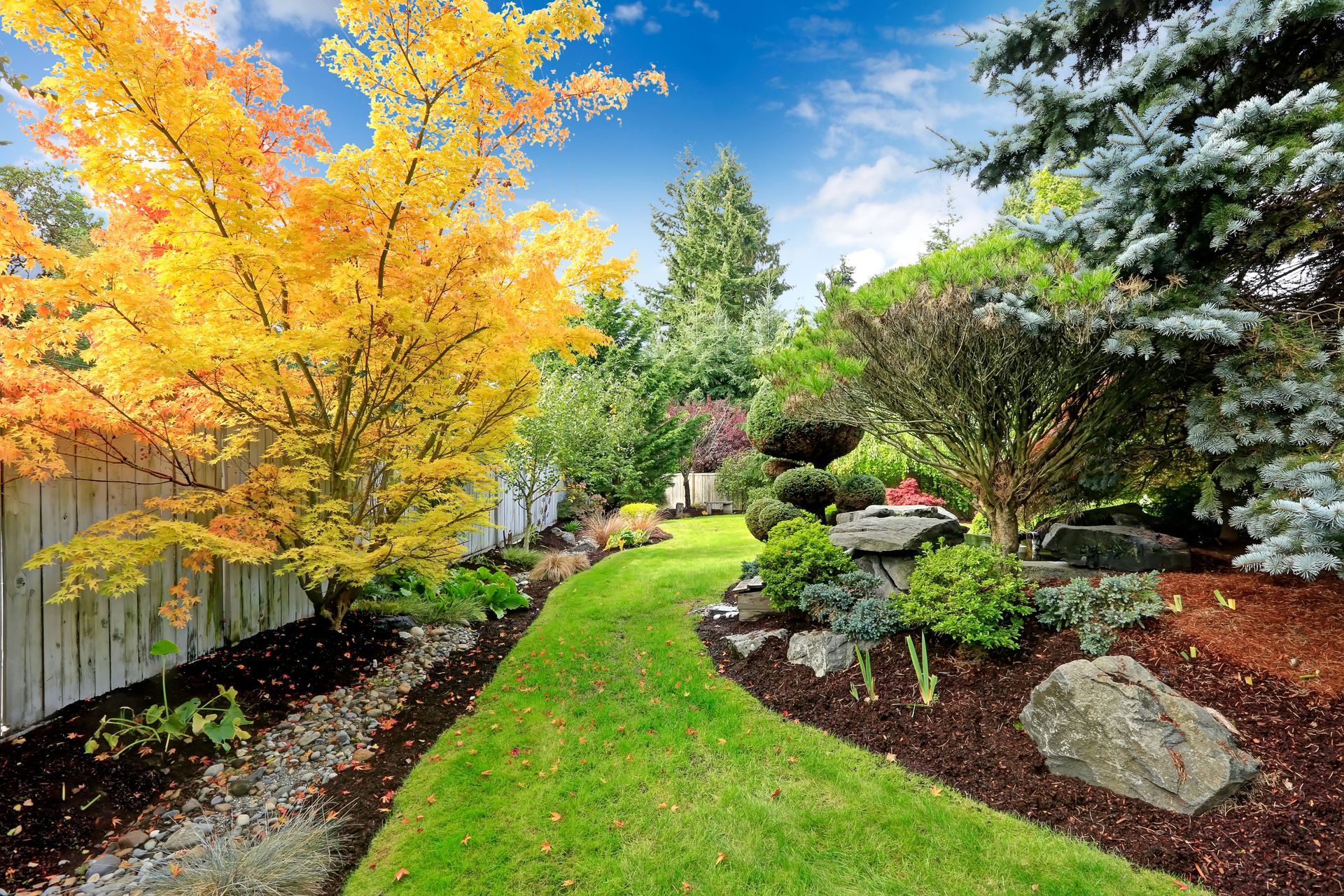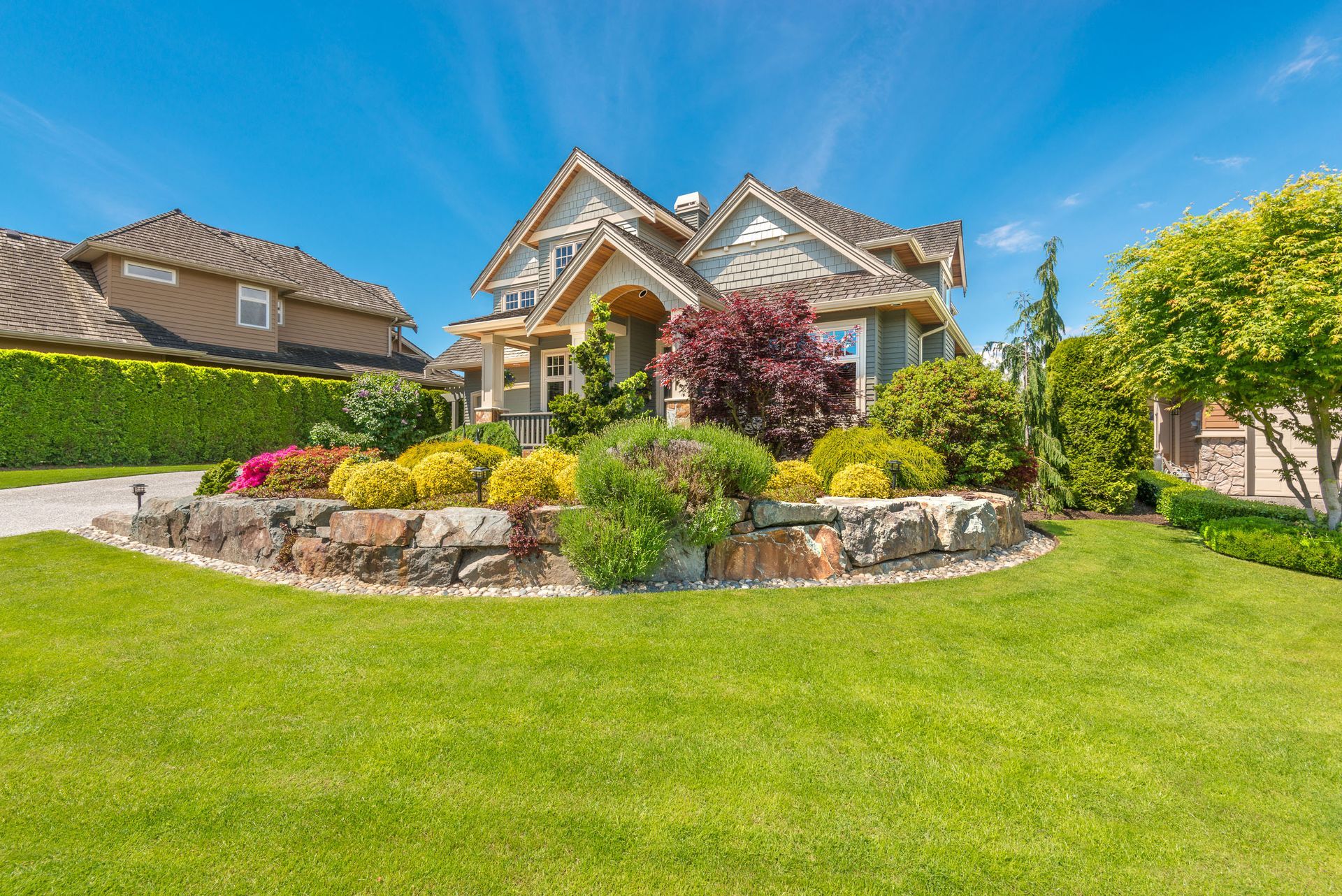5 Tips for Adding Landscaping Dirt to Boost Drainage
Proper drainage is essential for maintaining a healthy yard, preventing water damage, and protecting your home’s foundation. One of the simplest and most effective ways to improve drainage is by using landscaping dirt strategically. Whether you’re dealing with low spots that collect water or areas where grass struggles to grow, the right soil can transform your outdoor space. In this article, we’ll explore five practical tips for adding soil to enhance drainage, making your yard more functional and visually appealing.
1. Assess Your Yard for Drainage Issues
Before purchasing landscaping dirt, it’s important to evaluate your yard’s drainage patterns. Water naturally flows toward low spots, so identifying these areas is key to avoiding pooling and erosion problems. Walk your property after a heavy rain or sprinkle some water to see where it tends to collect. Pay attention to areas around your home’s foundation, driveways, and garden beds.
Creating a simple slope away from your house is often necessary to prevent water damage. Adding soil to low spots can help raise the ground level, redirecting water flow toward safer areas. Keep in mind that proper grading only requires enough soil to form a gentle, natural incline away from structures. This method ensures that water drains efficiently, reducing the risk of foundation problems and soggy lawns.
In addition to grading, consider how existing landscaping features may impact water movement. Trees, shrubs, and garden beds can either help absorb excess water or unintentionally create barriers that trap it. Observing how water interacts with these elements allows you to make informed adjustments, such as redirecting downspouts, creating small channels, or repositioning plants. Taking a holistic view of your yard ensures that drainage improvements work in harmony with the overall landscape, rather than against it.
2. Choose the Right Type of Landscaping Dirt
Not all soil is created equal, and selecting the right type of dirt is crucial for improving drainage. Typically, sandy loam or a mix of sand and topsoil is ideal for promoting water movement while still retaining enough nutrients for plants. Avoid clay-heavy soils, as they tend to compact and trap water, worsening drainage issues rather than solving them.
When purchasing landscaping dirt, check its texture and composition. A loose, crumbly soil is perfect for adding to low spots, whereas heavier soils are better suited for garden beds where slow water retention is desirable. By selecting the right type of soil, you can ensure that water flows naturally through your yard without causing erosion or pooling problems. This step not only improves drainage but also contributes to healthier lawns and gardens.
It’s also important to consider how the soil will interact with existing plants and grass. Some plants thrive in well-draining soil, while others prefer moisture-retentive conditions. Testing a small area before widespread application can help you determine whether the chosen soil supports healthy growth and proper drainage. By matching soil type to both drainage needs and plant requirements, you create a balanced landscape that promotes longevity and reduces maintenance challenges.
3. Spread Landscaping Dirt Evenly Across Problem Areas
Once you’ve selected the appropriate landscaping dirt, the next step is proper application. Uneven or haphazard distribution can create new drainage issues or make existing ones worse. Start by spreading a thin layer of soil over the affected area, gradually building up the height to match the surrounding ground level.
Use a rake or shovel to distribute the dirt evenly, and periodically check the slope with a level or straight board. Remember that the goal is to create a subtle incline, not a steep mound. Proper spreading of landscaping dirt ensures that water flows smoothly toward designated drainage areas, reducing puddling and soil erosion. Consistency during this process will make a noticeable difference in both the functionality and appearance of your yard.
After spreading the soil, consider compacting it lightly in stages to prevent future settling that could disrupt the slope. Avoid over-compacting, which can impede drainage, but gently tamping the soil helps it stay in place while maintaining its ability to absorb water. Checking the area after a rain or watering session can reveal any remaining low spots, allowing you to make small adjustments before they become larger issues. This careful attention ensures that your drainage improvements remain effective over time.
4. Incorporate Drainage Solutions With Landscaping Dirt
Simply adding soil alone may not fully solve drainage problems, especially in areas with heavy rainfall or poor ground conditions. Pairing soil application with additional drainage solutions can maximize results. Consider installing French drains, dry wells, or gravel trenches alongside your soil improvements to channel excess water away from your home and garden.
Another effective approach is to create swales — shallow, vegetated channels designed to redirect water. By combining these drainage solutions with strategically placed fill soil, you can prevent water from pooling in unwanted areas, protect your lawn and foundation, and create a more attractive yard. Thoughtful planning and layering of soil and drainage systems often lead to long-term success with minimal maintenance.
In addition to structural solutions, incorporating plants that thrive in wet conditions can further enhance drainage. Native grasses, ornamental rushes, and water-tolerant shrubs can absorb excess moisture while stabilizing soil and preventing erosion. Strategically planting these species along swales, trenches, or low-lying areas creates a dual benefit: effective water management and a visually appealing landscape. Combining hardscape and plant-based approaches ensures a sustainable system that handles heavy rainfall without compromising the health or appearance of your yard.
5. Maintain Your Yard After Adding Landscaping Dirt
After applying landscaping dirt and improving drainage, ongoing maintenance is essential to ensure long-term results. Over time, soil can settle, reducing its effectiveness in directing water. Periodically check low spots and add more soil as needed to maintain the desired slope. Regularly inspecting your yard after storms or heavy watering can help you catch minor issues early, preventing larger drainage problems down the line.
In addition to soil management, regular lawn care contributes to proper drainage. Aerating your yard, adding mulch to garden beds, and planting water-tolerant vegetation in low areas can all help absorb excess water. By maintaining both your soil and the surrounding environment, you can enjoy a functional and visually appealing yard that performs well even during heavy rainfall.
Moreover, enhancing your yard with landscaping features doesn’t just improve drainage — it also adds value to your property.
According to LawnStarter, homes with landscaping typically enjoy a 5% to 12% price advantage compared to similar homes without landscaping. Properly applied landscaping dirt can be a subtle but impactful investment, improving both the aesthetics and functionality of your outdoor space.
By assessing your yard, selecting the right soil, spreading it evenly, incorporating drainage solutions, and maintaining your improvements, you can ensure that your outdoor space stays healthy and functional year-round. This approach also helps create a more resilient landscape that can handle heavy rains, prevent erosion, and support thriving plants throughout every season.
Whether you’re dealing with persistent puddles, poor soil, or erosion, following these tips will give you a solid foundation for better water management and a more attractive yard. Using topsoil for landscaping doesn’t just solve practical problems — it also enhances curb appeal and adds measurable value to your property.
Ready to get started? Reach out to Herman's Landscape Supplies today to find the right landscaping dirt and start improving your yard with confidence!





Share On: